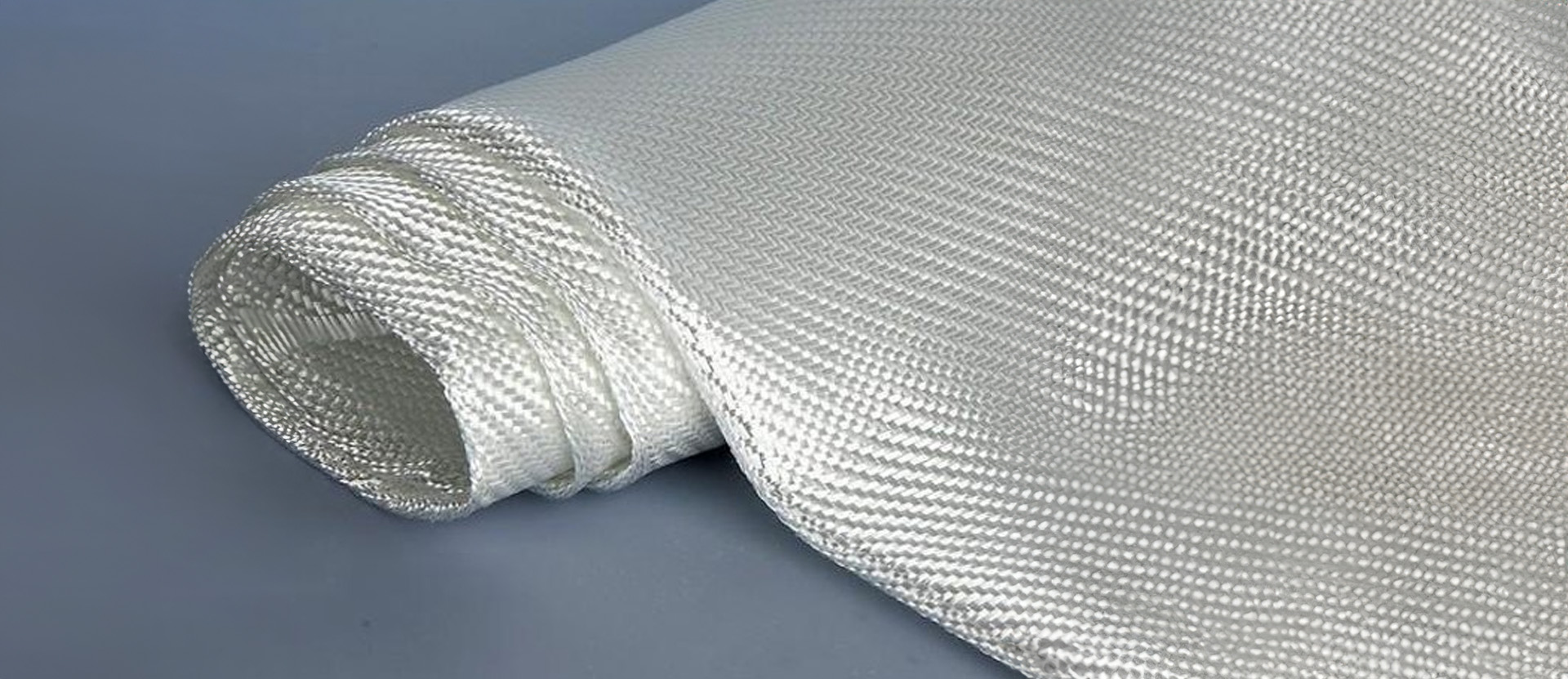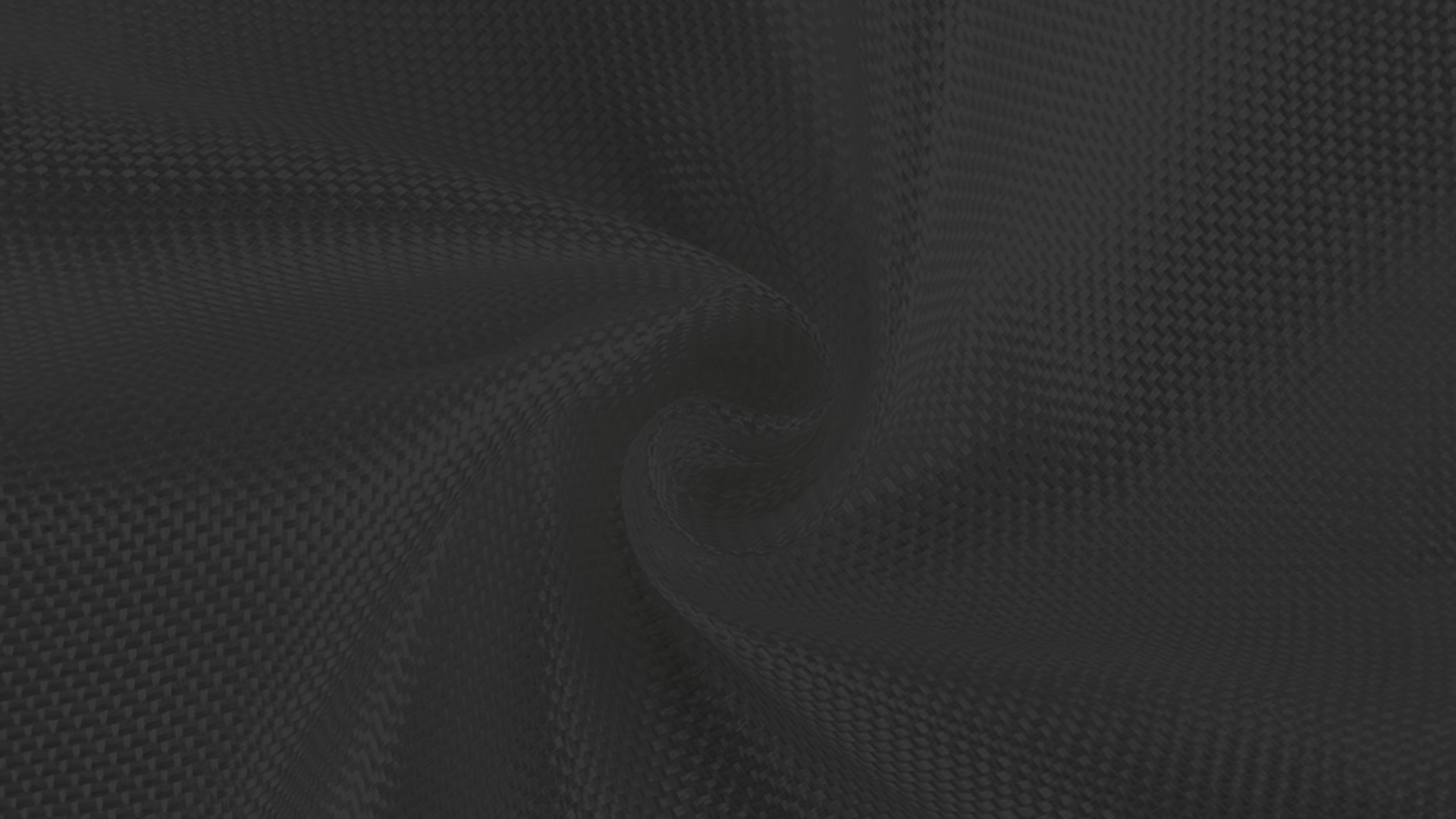Fiberglass cloth is a widely used material in various industries due to its strength, lightness, and versatility. Below, we detail the manufacturing process and its main applications.
Manufacturing of Fiberglass Cloth
The production of fiberglass cloth is done through the “wet lay-up process,” which involves several steps:
1. Creation of Fiberglass:
The manufacturing begins with heating silica sand, sodium carbonate, limestone, and other materials at a high temperature to form liquid glass.
2. Extrusion of Fibers:
The liquid glass is forced through small openings (or “nozzles”), creating fine, continuous fibers that are quickly cooled and rolled into large bobbins.
3. Weaving the Cloth:
The collected fibers are interwoven to form fiberglass cloth. There are different types of weaving patterns, such as:
• Plain Cloth: Simple and uniform structure.
• Twill Cloth: Diagonal pattern that increases flexibility.
• Satin Cloth: Provides a smoother finish.
4. Application of Resin:
The cloth is coated with polyester or epoxy resins to enhance its durability and water resistance. The application can be done with rollers or brushes, and the cloth is cured with heat or UV light to ensure stability and strength.
Characteristics of Fiberglass Cloth
Fiberglass cloth is lightweight, strong, and has high fire resistance, making it ideal for various applications. Its ability to withstand different environmental conditions is also an important differential.

Fiberglass cloth has several applications in the most varied market segments
Main Applications of Fiberglass Cloth
• Construction:
Used in reinforcing structures, thermal and acoustic insulation.
• Marine Industry:
Applied in building boats and vessels, ensuring lightness and durability.
• Automotive Sector:
Employed in reinforcing parts to reduce weight and increase efficiency.
• Aerospace Industry:
Used in lightweight, strong components to withstand extreme conditions.
• Sports Equipment:
Present in the manufacture of surfboards, bicycles, and sports gear.
• Wind Energy:
Essential in the production of wind turbine blades due to its combination of flexibility and strength.
Benefits of Fiberglass Cloth
• Lightweight:
Reduces the weight of structures without compromising strength.
• Fire Resistance:
Naturally non-flammable material, ensuring greater safety.
• Durability:
Resistant to corrosion and adverse environmental conditions.
• Flexibility:
Offers versatility in different shapes and applications.
• Sustainability:
Aids in energy efficiency when used in insulation and wind turbines.
Transtécnica: A Reference in Equipment for Fiberglass Cloth Manufacturing
Transtécnica is a reference in providing equipment for the application of fiberglass cloth. The company offers innovative solutions for spraying, mixing, and curing, optimizing the production process and ensuring a precise and durable finish. With Transtécnica’s equipment, you ensure efficiency and quality in applications with fiberglass cloth, meeting the demands of different sectors such as construction, automotive industry, marine, and aerospace.
Conclusion
Fiberglass cloth is an efficient and reliable solution for multiple industries, thanks to its unique combination of lightness, strength, and durability. Whether in construction, the automotive sector, or aerospace, this material continues to be indispensable for improving the performance and safety of products.




